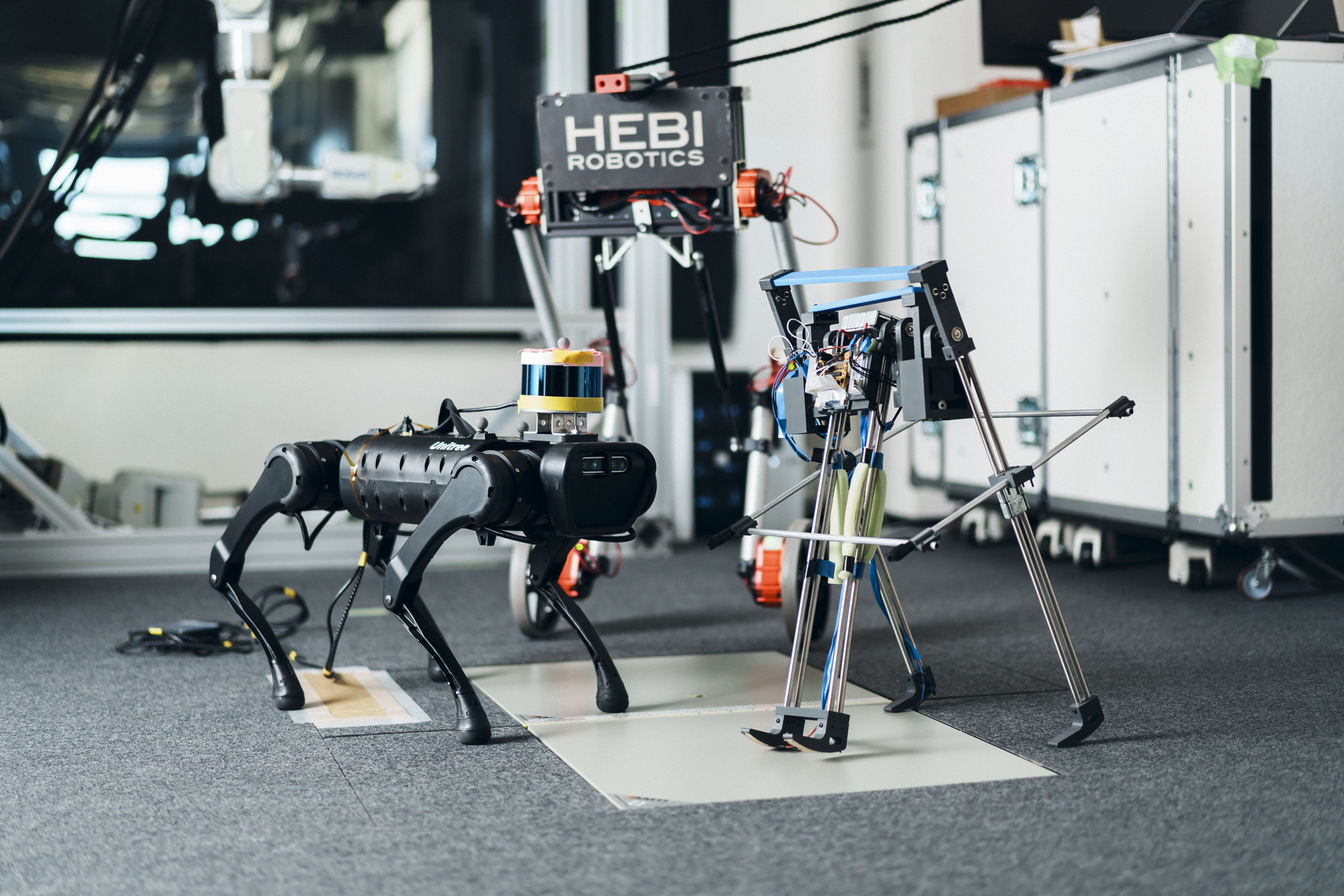Synergetic Brain-machine Interfacing Paradigm for Multi-DOF Robot Control
PersoBalance : A personalised balance assessment in the home (https://project.inria.fr/persobalance/)
The objective of this software is to realize a personalized evaluation of the postural balance to be used in home-based rehabilitation, by using portable sensors such as Kinect and wii board. After the one time of identification, the system provide us the personalized estimation of the center of mass (CoM) for the whole body only with Kinect information, through Statically Equivalent Serial Chain method. The first function is the adaptive identification interface for the CoM parameters based on Kalman filter which allows a subject to provide different postures interactively with minimized time length. The second function is the balance measure visualization (stable or instable) based on the identified model for each subject considering subject-specific body differences on the segment mass distribution. Recently, this software was demonstrated at the event of Rencontre Inria-Industrie 13/10/2015 at Bordeaux. It is also filed at Software Catalogue of Inria. PersoBalance is registered with the Agency for the Protection of Programs (APP) and deposited at the BNF (Bibliotheque Nationale de France). Its registration number is Antepedia Deposit 20150710154654.
A. Gonzalez, P. Fraisse, M. Hayashibe, “Adaptive Interface for Personalized Center of Mass Self-identification in Home Rehabilitation”, IEEE Sensors Journal, vol.15, no.5, pp.2814-2823, 2015. (doi:10.1109/JSEN.2014.2379431)
Real-time Muscle Deformation via Decoupled Modeling of Solid and Muscle Fiber Mechanics
[published in MICCAI2014] This paper presents a novel approach for simulating 3D muscle deformations with complex architectures. The approach consists in choosing the best model formulation in terms of computation cost and accuracy, that mixes a volumetric tissue model based on finite element method (3D FEM), a muscle fiber model (Hill contractile 1D element) and a membrane model accounting for aponeurosis tissue (2D FEM). The separate models are mechanically binded using barycentric embeddings. Our approach allows the computation of several fiber directions in one coarse finite element, and thus, strongly decreases the required finite element resolution to predict muscle deformation during contraction. Using surface registration, fibers tracks of specific architecture can be transferred from a template to subject morphology, and then simulated. As a case study, three different architectures are simulated and compared to their equivalent one dimensional Hill wire model simulations.
